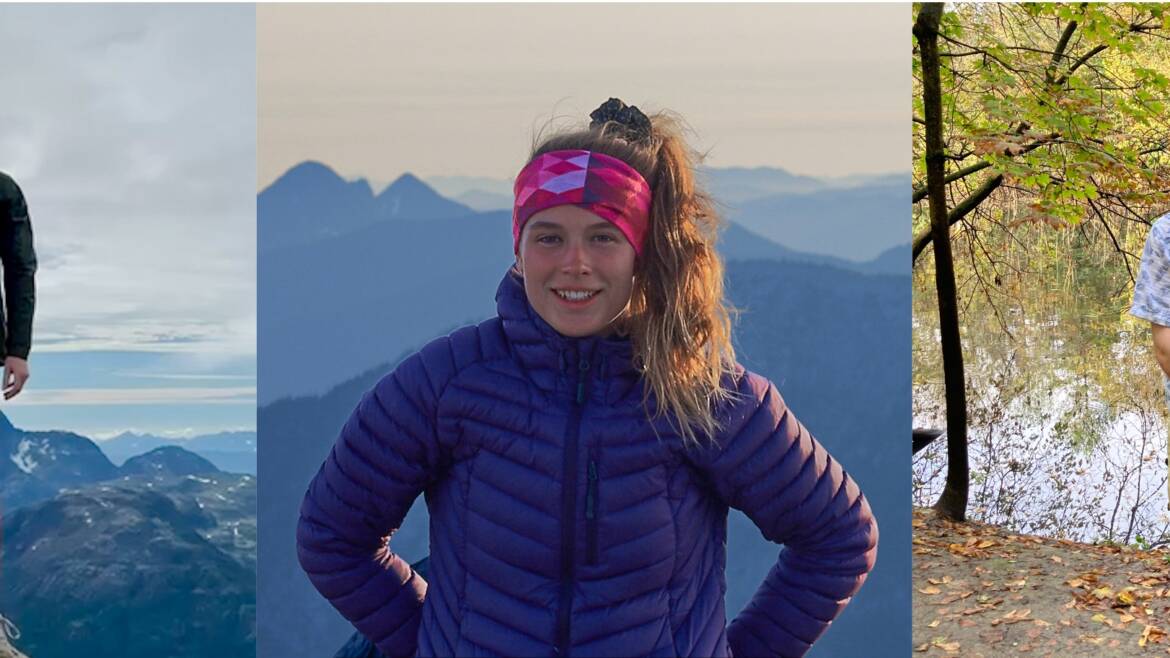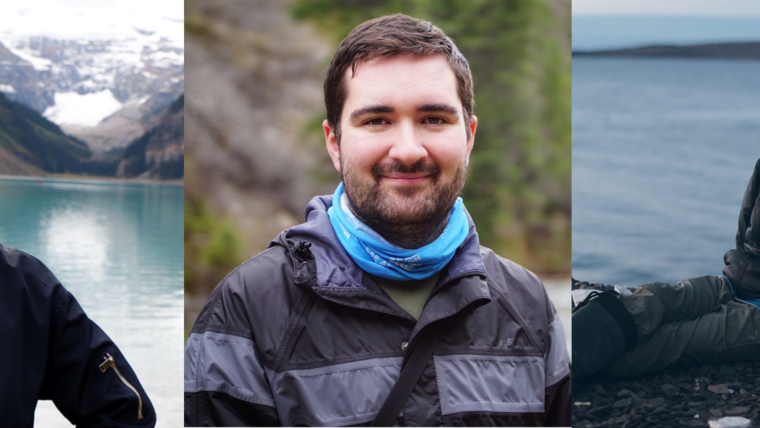It has been another exciting year for the Tyler Lewis Clean Energy Research Foundation. The Foundation would like to celebrate the achievements of the 2021 TLCERF recipients and recognise all of the work they accomplished over their funding period. Despite on-going interruptions and changes due to COVID-19, it was a productive year for our three TLCERF grant recipients. All three candidates accomplished a lot over the unpredictable year, as demonstrated by their research highlights.
Below is a recap of grant recipients’ research activities, milestones and accomplishments for the past year.
Lia Codrington – Exploring Grassroots Renewable Energy Transitions University of Victoria (MASc, Civil Engineering)
- Lia developed an accessible energy system modelling tool, called the Exploring Grassroots Renewable Energy Transitions (EGRET) platform, in partnership with Musqueam Nation’s community energy specialist. The tool enables community members to explore renewable energy options and their impact on the community’s energy priorities.
- Together, Lia and the community energy specialist hosted a small workshop where attendees could interact with the platform, experiment with different local energy system designs, and provide feedback on their experience.
- Lia and her co-authors published their first paper on the construction and evaluation of the EGRET platform. This paper focuses on the development of the machine learning models that power the platform, as well as feedback on the tool’s ability to include stakeholders in the energy system modelling process. (http://www.atlas-tjes.org/index.php/tjes/article/view/440)
- Lia presented a poster on her work at the Pembina Institute’s Renewables in Remote Communities Conference in Whitehorse, Yukon (2022). Through this opportunity, she learned about many inspiring community-led clean energy initiatives.
- Lia was selected to attend the Canadian Society for Ecological Economics’ 2022 “EE Academy”, where her research won the “best paper” award. This symposium brought together students from around the world to share their work and receive feedback from experts in the field.
- Lia plans to defend her masters in December and is looking to continue working in the community energy field.
Amandine Drew – Optimization of Back Contacts for Increased Efficiency in Solar Cells
University of British Columbia, Okanagan (MASc, Mechanical Engineering)
- Drew was awarded the John Tiedje Fellowship in Clean Energy and Greenhouse Gas Mitigation, for her research developing clean and renewable energy.
- With the support of the TLCERF grant, Drew was able to refine the simulation used to optimize the structures on the rear contact of perovskite solar cells. The results from the optimizations show that it is possible to increase the ease of absorption while also decreasing the distance the generated charges must travel, thereby decreasing recombination losses.
- Next steps in 2023 include integrating the optical results into electrical results to evaluate the efficiency increase due to the optimized structures.
- Drew co-authored a literature review entitled Extrinsic Doping of Ink-Based Cu(In,Ga)(S,Se)2-Absorbers for Photovoltaic Applications, which was published in Advanced Energy Materials.
- Currently, Drew is finishing her MASc thesis which focuses on the technical and economic feasibility of implementing photovoltaic systems in both the Okanagan and in remote communities in northern Canada.
- Drew has also started working part time for Solar Earth as a Research Engineer in Vancouver. Solar Earth provides paving integrated solar power generation, and she hopes to transition to full time work once she has graduated from her MASc degree.
Griffin Schwartz – Inverted Pyramidal Pores in Polycrystalline Silicon Solar Cells
University of Toronto (PhD, Physics)
- Griffin benchmarked his simulations by reproducing the numerical calculations from a paper that his group published in collaboration with experimentalists. In it, they demonstrated experimentally that photonic crystal solar cells with inverted pyramidal pores can surpass the Lambertian limit, a key benchmark for light absorption in solar cells. The predictions for light absorption based on the numerical calculations presented in the paper showed good agreement with the experimental measurements. This benchmarking step is crucial as it demonstrates that future simulations on yet-to-be-tested structures are trustworthy. (https://www.nature.com/articles/s41598-020-68704-w)
- Griffin wrote a Python package for analyzing the simulation results to analyze the total light absorption and absorption spectra of the simulated designs.
- Funding from the TLCERF will allow Griffin to keep his computing equipment up to date as he carries out his research, streamlining his work.
- Currently, Griffin is working on simulations of new pore shapes for photonic crystal solar cell, with preliminary results suggesting around a 2.5% (relative) improvement in light absorption, on previous designs that were already absorbing about 98% of sunlight.



